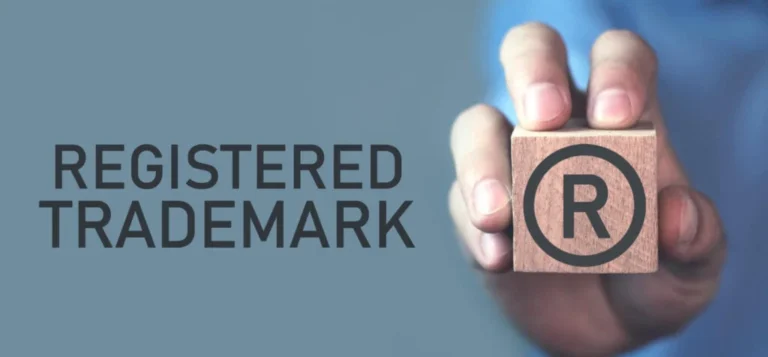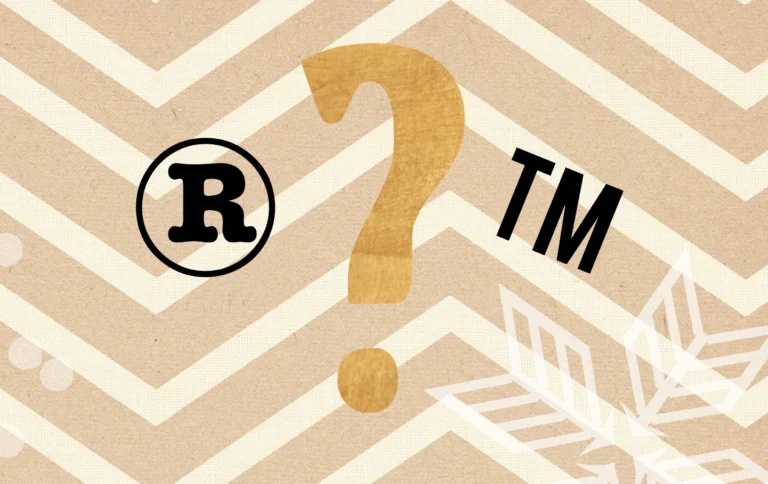Introduction
Over the past few years, the United States Patent and Trademark Office (USPTO) has faced a surge in fraudulent trademark filings. With the explosion of eCommerce and global trademark applications, bad actors are increasingly attempting to game the system—filing fake or misleading applications to gain an unfair competitive edge.
In this post, we’ll explore the rise in fraudulent trademark filings, the impact on legitimate businesses, and what the USPTO is doing to protect the integrity of the U.S. trademark system in 2025.
What Are Fraudulent Trademark Filings?
Fraudulent filings involve intentionally submitting false, misleading, or incomplete information in a trademark application. These scams are often designed to:
- Hijack brand names
- Block competitors
- Obtain a USPTO registration without actual commercial use
- Exploit Amazon Brand Registry or resale platforms
Examples of Common Fraudulent Activities
- Fake Specimens of Use
Submitting digitally altered images to show false use in commerce. - False Claims of First Use
Claiming priority over a mark never used in the U.S. - Misrepresenting Applicant Identity
Using stolen or made-up personal details to file applications. - Unauthorized Filings by Foreign Agents
Non-U.S. practitioners filing without a licensed U.S. attorney. - Mass Filings from Foreign Entities
Especially seen from certain regions submitting thousands of questionable applications.
The Impact on Legitimate Businesses
The rise in fraudulent trademark filings has made it harder for legitimate businesses to:
- Secure their brand names
- Avoid office action refusals
- Prevent conflicts during trademark clearance
- Trust the accuracy of USPTO records
These filings clog the register, cause confusion, and waste time and money for real brand owners trying to protect their IP rights.
How the USPTO is Fighting Back (2020–2025)
The USPTO has implemented aggressive reforms and new tools to detect and deter fraud:
1. U.S. Counsel Rule (2019-Present)
All foreign applicants must be represented by a licensed U.S. attorney. This helps verify legitimacy and reduces fraudulent foreign filings.
2. Trademark Modernization Act (2021)
Introduced expungement and reexamination proceedings to cancel unused or improperly registered trademarks.
3. New Identity Verification System (2022–2025)
Applicants are now required to verify their identity when using the USPTO’s TEAS filing system, improving transparency.
4. Random Audits of Use Claims
The USPTO randomly audits Section 8 and Section 71 filings to ensure specimens are real and commercial use is legitimate.
5. Enforcement and Sanctions
Applicants or attorneys who repeatedly submit fraudulent or misleading filings may be:
- Blocked from submitting future applications
- Reported to law enforcement or bar associations
- Sanctioned under USPTO rules
What You Can Do to Protect Your Brand
Whether you’re just starting out or managing a portfolio of trademarks, you should take proactive steps to protect your brand from fraud:
- Conduct professional trademark clearance searches before filing
- Monitor the USPTO Official Gazette for suspicious filings
- Use legitimate U.S. attorneys for all filings and disputes
- Avoid low-cost foreign services with questionable credentials
- Report suspected fraud to the USPTO using their official fraud reporting channels
Final Thoughts
The rise in fraudulent trademark filings is a serious challenge—but one the USPTO is tackling with urgency. If you’re a brand owner in the U.S. or abroad, the key is to stay informed, work with trusted legal professionals, and respond swiftly to suspicious activity.
At IP Bureau, we help entrepreneurs, Amazon sellers, and startups file accurate and compliant trademark applications, fight against infringers, and keep their brands protected from fraud.




